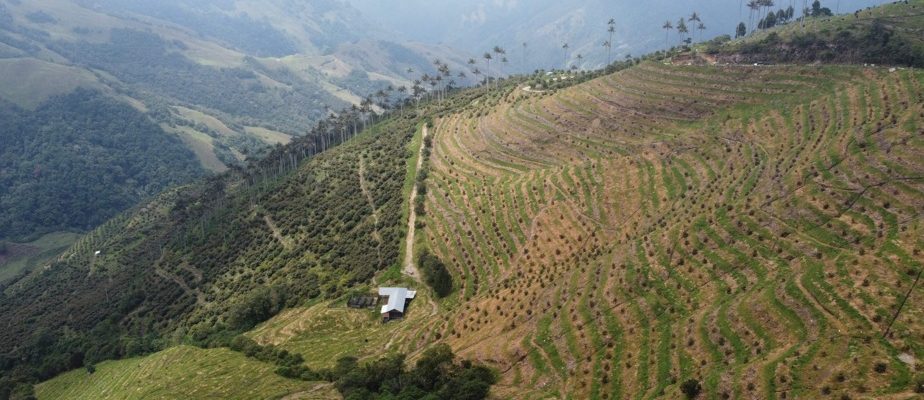What there is to know
- Almost one in five avocados is wasted because it turns brown before it is eaten.
- Researchers in Colombia and Ontario have developed technology for predicting when avocado will be ripe to reduce waste.
- They also tested edible coatings that delay avocado ripening.
Artificial intelligence

PHOTO PROVIDED BY ANGIE HOMEZ
Researcher Angie Homez in a lab at the University of Guelph, Ontario
In her native Colombia, Angie Homez lived to the rhythm of lawyers. “It’s my country’s biggest export, even more than coffee,” says the doctoral student from the University of Guelph in Ontario. “In my studies, I quickly realized that there was a big problem: almost one in five avocados is wasted, usually returned to the country of destination, because it is a fragile fruit and it is difficult to know if it is ripe. His skin is opaque and thick. When she arrived in Ontario, she set to work with “hyperspectral imaging.” “The objective is to determine from picking when exactly the avocado will be ripe. Our lab results are very good. » The former colleagues of Mme Homez at the University of Tolima, west of Bogotà, are now continuing work to develop marketable technology. “Our imaging device is very expensive, but I’m sure we can get just as good results with more affordable technologies,” says Ms.me Homez.
Shellfish

PHOTO WIKIMEDIA COMMONS
The avocado has been cultivated for 6000 years.
In the study she published at the end of May in the journal ACS Food Science & Technology on predicting avocado ripening using hyperspectral imaging, she also evaluates two edible coatings that delay ripening. “One of the coatings is used for apples and strawberries already, says Mr.me Homez. The other is made from shellfish shells. It was proposed with a view to reusing food scraps. Finally, there is no advantage for one or the other, in terms of performance. In both cases, ripening was delayed by just under a week, occurring six weeks rather than five after picking. The window where the avocado is ripe without being brown, about five days, was not greater with the coatings. Once again, agronomists from the University of Tolima are continuing work on the marketing of these coatings.
Mushrooms

THINKSTOCK PHOTO, LA PRESSE ARCHIVES
shiitake mushrooms
The Colombian-born researcher will now turn, as part of her doctorate in Guelph, to mushrooms. “There is also a problem of waste there. The big difference with avocados is that the mushrooms are generally produced locally, in Canada. They travel less. According to a 2016 study by the United States Department of Agriculture (USDA), 17% of mushrooms are wasted at the supermarket stage, a relatively high proportion for a vegetable. The most wasted vegetables are green beans and endives, with more than 40% losses at the supermarket level.
The a b c of the lawyer

PHOTO PROVIDED BY ANGIE HOMEZ
Angie Homez in the experimental field of the University of Tolima, Colombia
Cultivated for 6000 years in Central America, the avocado began to be the subject of genetic improvements through crossbreeding at the beginning of our era. But it was an American, Rudolph Hass, who invented the modern avocado in the 1930s. An amateur horticulturist, he crossed Mexican and Guatemalan avocados and patented the Hass variety, which now accounts for 80% of world production, according to a Mexican study published in 2019 in the journal PNAS. Mexico produces more than a quarter of the world’s eight million tonnes of avocados, with Colombia second with just under a million tonnes, according to the Food and Agriculture Organization (FAO) of the UN. The avocado’s name is derived from the Aztec term for “testicle”, ahuacatl.
Learn more
-
- 1.2 million
- Quantity, in tonnes, of edible food that is wasted in Quebec
Source: Government of Quebec
-
- 1.9 million
- Quantity, in tonnes, of food waste that could be recycled in Québec
Source: Government of Quebec
